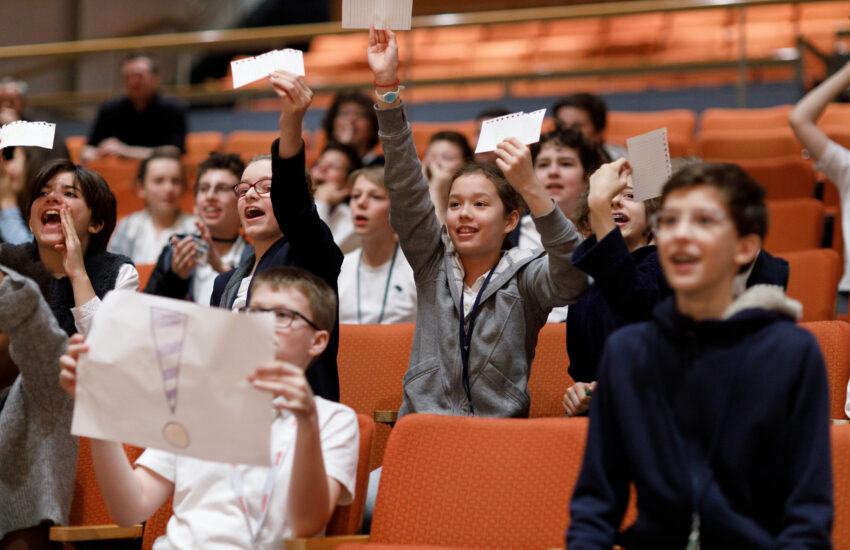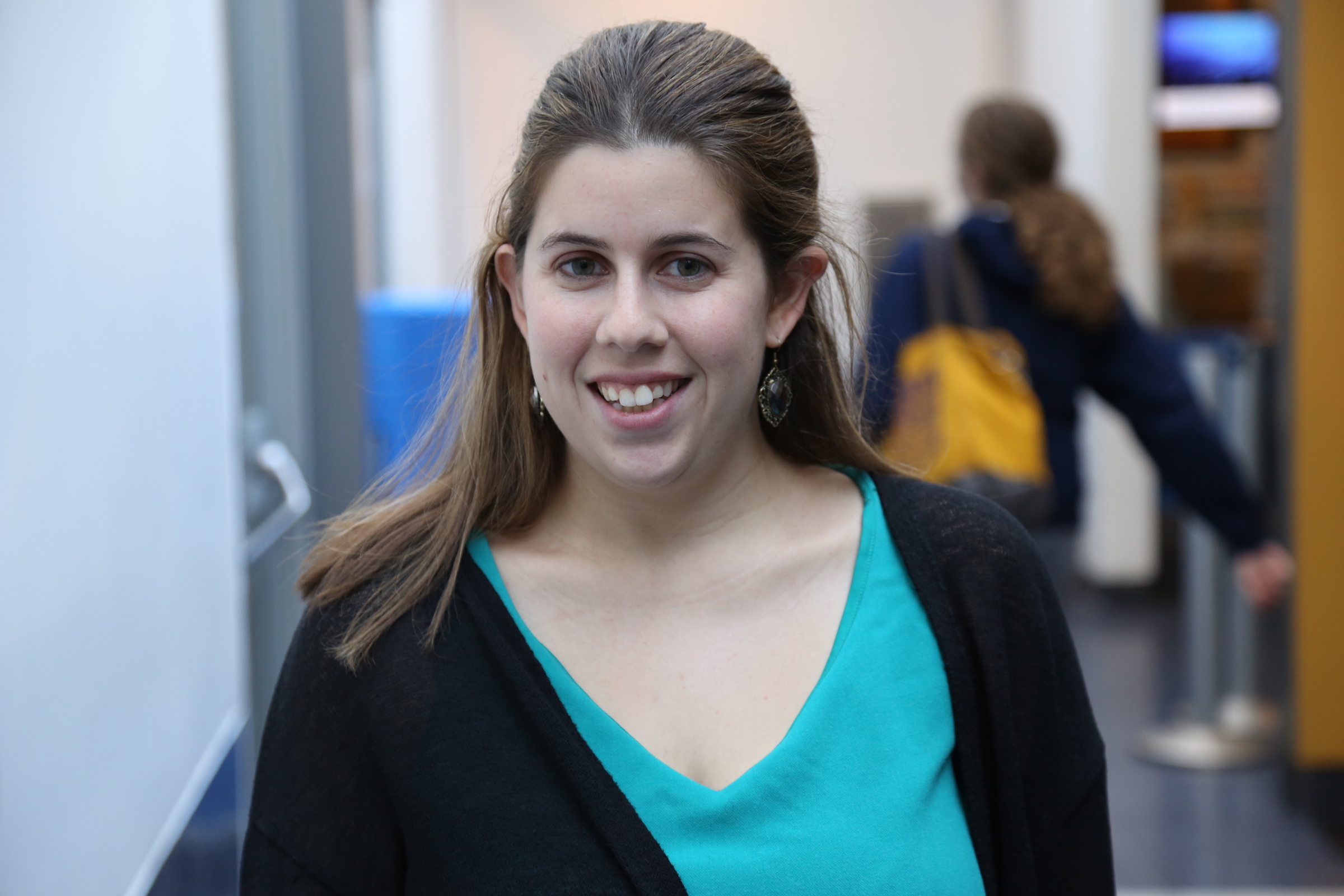The Lycée restructured its Secondary School this fall, creating two distinct divisions with a clear developmental approach for each one. Our middle school (collège) now comprises sixth to eighth grade (6ème to 4ème in French). Ninth graders or 3èmes, who were previously considered part of collège, are now part of the high school, where, with post-Secondary education on the horizon, their developmental needs are more future oriented.
Why make this change? Middle-schoolers are fundamentally different, both biologically and neurologically, from the high-schoolers that walk alongside them in our halls. Middle-school students are undergoing a tremendous transformation. They are, without exaggeration, rebuilding their brains.
Two neuro systems, the “emotional” and “logical” brain develop at different paces
In setting forth a vision for our middle school, we spent much time examining neuroscience. Until recently, common knowledge was that most of the brain’s hardwiring took place between birth and age three. In the past 15 years, neuroscientists have been gaining a better understanding of the developing brain and finding that early adolescence (about age ten to 14) marks a rapid phase of brain development, second only to infancy.
The limbic system, “the emotional brain”, develops rapidly in children ages 10 to 14. The limbic system is responsible for emotions, and it is also the seat of motivation, as well as risk and reward systems. Peer validation and acceptance are strong motivators for the limbic system during this phase of development.
The prefrontal cortex, the “logical brain”, is the driver of executive function skills–a set of abilities related to decision-making, such as time management, self-control, working memory, and organization. This part of the brain develops at a much slower pace than the limbic system. And the prefrontal cortex is not finished developing until a person is in their mid-to-late twenties, with recent research questioning whether it may be even later!
Neurological development is variable, based on each person’s unique rate of growth. That, coupled with a mismatch in the rates of growth in the emotional and the logical parts of the brain can lead to unpredictable types of behavior that are part and parcel of adolescence. Your middle schooler may seem:
- Disorganized and forgetful,
- Emotional–at times, they may experience more than one emotion at a time but will not be able to clearly define them;
- Impulsive or risky–when addressed, a child may not be able to define why they acted a certain way or what they were thinking at the time;
- Reward-seeking, looking to peers, games, or grades for validation or motivation.
Fostering mindsets for success in school and in life
Since the brain is being rebuilt, middle schoolers have the ability to “hardwire” skills for success for the next few years. At the Lycée, we are shaping middle school as a period for intentional fostering of mindsets and skill sets that will prepare our students for success in school and in life.
Here’s what we have implemented already this year:
- Peer validation and motivation. We are convening grade-wide assemblies each cycle to bring middle school students together. Soon our student leaders will run these meetings and will showcase the successes of their classmates.
- Developing growth mindsets. Through our new parcours, “Becoming Us,” sixth graders are learning about their own neurological development, with a focus on adopting a growth mindset, understanding executive function, and deepening the social-emotional skills learned in Primary.
- Hardwiring empathy and resilience. When students experience lapses of judgement and make mistakes behaviorally or socially, we work with them to be reflective and learn from the experiences.
- Professional development for our faculty. All of our secondary faculty and staff have been enrolled as members in the Association of Middle Level Education, so they can access professional development specifically focused on early adolescence.
- Bridging Primary and Secondary. A group of four teachers have received grants to work together and reconsider how the sixth-grade experience can be reimagined to foster a smoother transition from Primary to Secondary School.
This work is ongoing, and as we look to the future, we are looking to:
- Teach skills to support navigating specific developmental stages. We will continue developing opportunities to work with students addressing the specific needs of each grade level in middle school. Each age and grade level have their own particular sets of challenges and opportunities. We want to provide the students with the right skills at the right times.
- New approaches to assessment. We are examining our practices to understand how to use developmentally appropriate assessment systems that fosters intrinsic motivation, paths for growth, and love of learning.
- Widen opportunities for student agency. We have many current venues for students to be change agents for themselves and the school, and we would like to provide even more opportunities for student involvement in this way, preparing them for student leadership in the later years.
We’ll be meeting with our current fifth-grade parents very soon to tell you more and begin early preparation for the fifth graders transition to Secondary.
I, and the entire Middle School team, look forward to working in partnership with our parents and students as we continue to shape a vibrant, supportive and growth-oriented middle school journey for our students.
Interested in learning more? Take a look at these resources:
https://shellydmahon.com/2012/01/31/the-adolescent-brain-what-stays-what-goes/
https://www.youtube.com/watch?v=eVhWwciaqOE&feature=emb_logo
https://science.sciencemag.org/content/204/4397/1066
Featured image: Annual Eighth-Grade Spelling Bee 2018, Da Ping Luo for the Lycée
About the Author :
Originally from Scranton, Pennsylvania, Adena Dershowitz is Head of Middle School. She began working at the Lycée as the secondary technology integrator in early 2012 and became Director of Digital Learning in 2014 and then Director of Curriculum Development in 2018. Adena earned a master’s degree in education and technology from the Harvard Graduate School of Education, and a bachelor’s degree from the University of Maryland. Prior to her work at the Lycée, she worked to infuse technology into informal (afterschool and camp) education. In her spare time, she likes to travel, experience the outdoors and make things.


